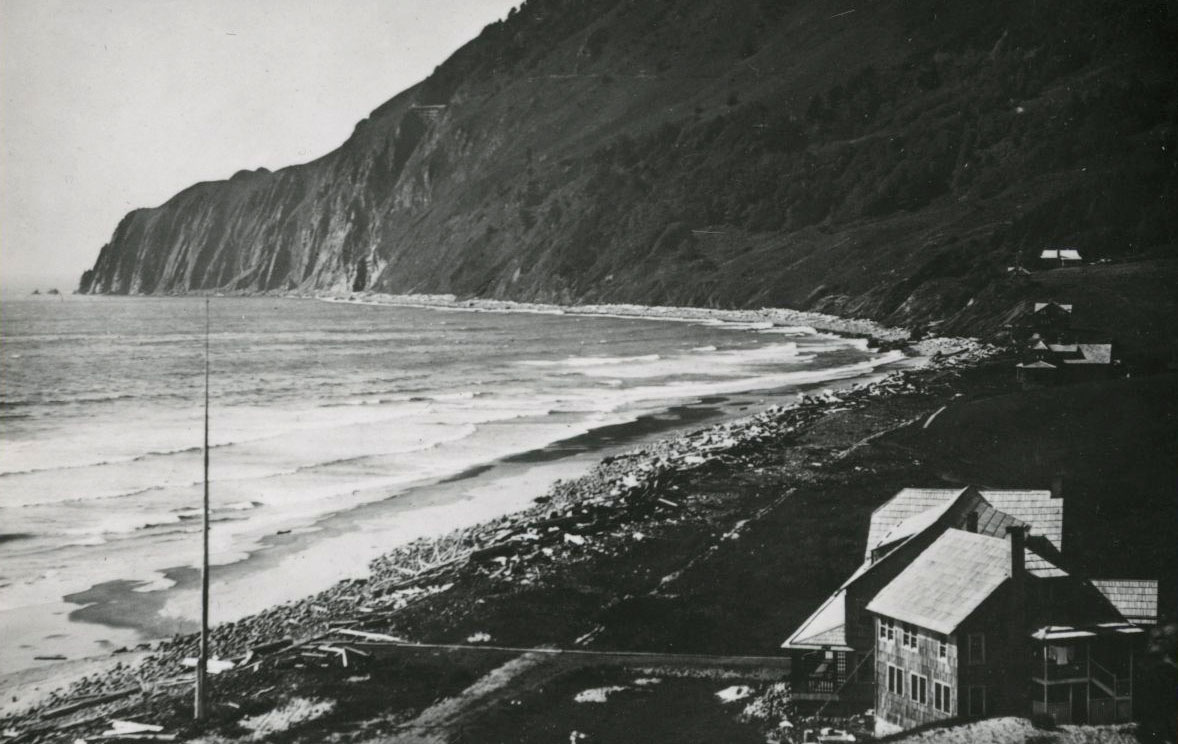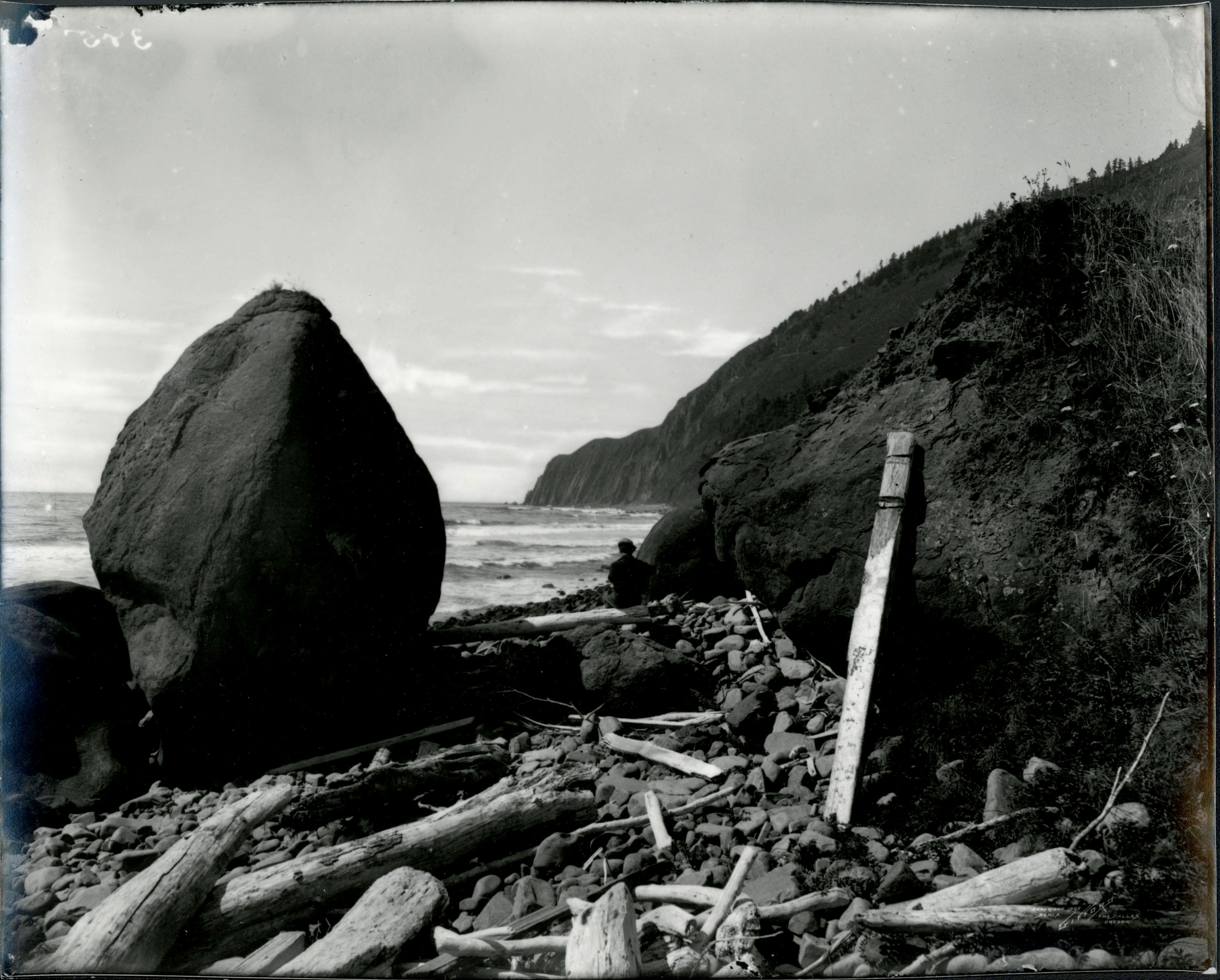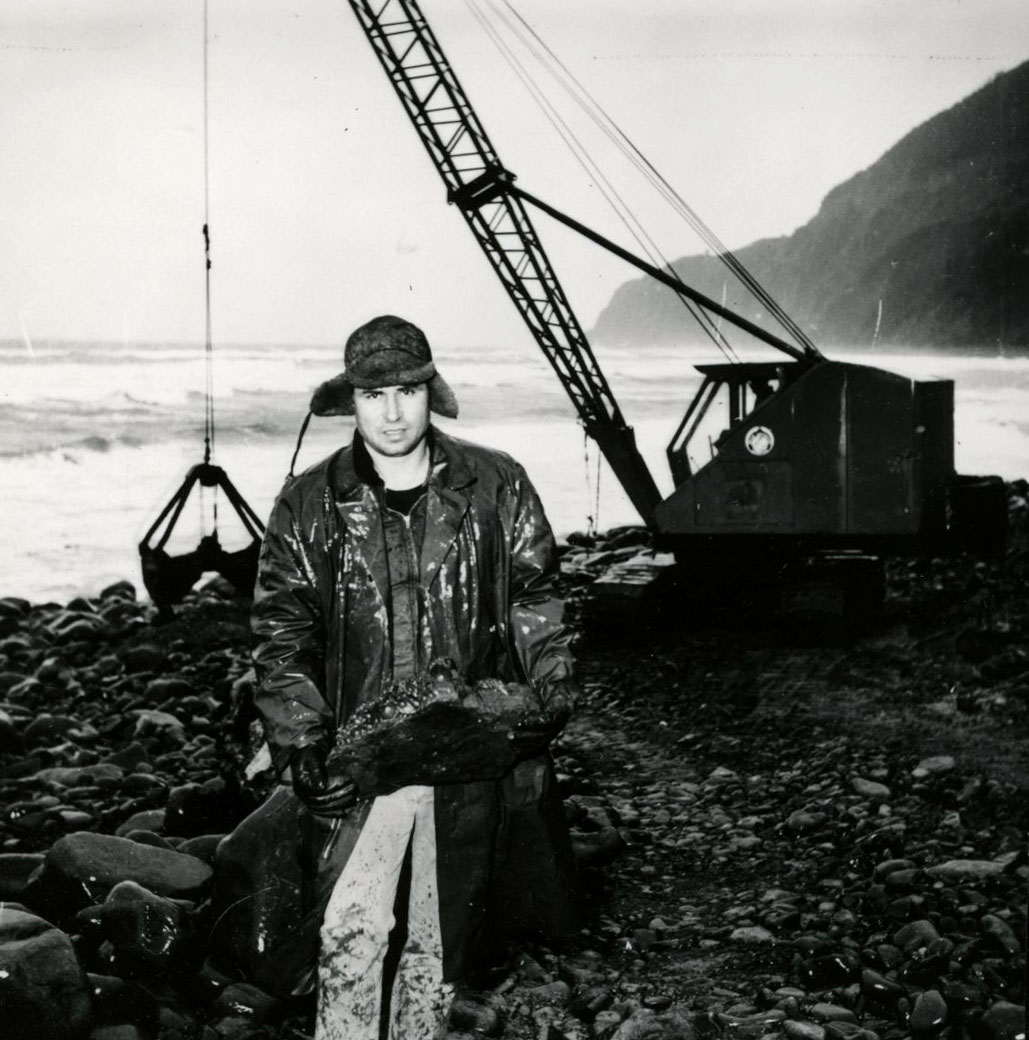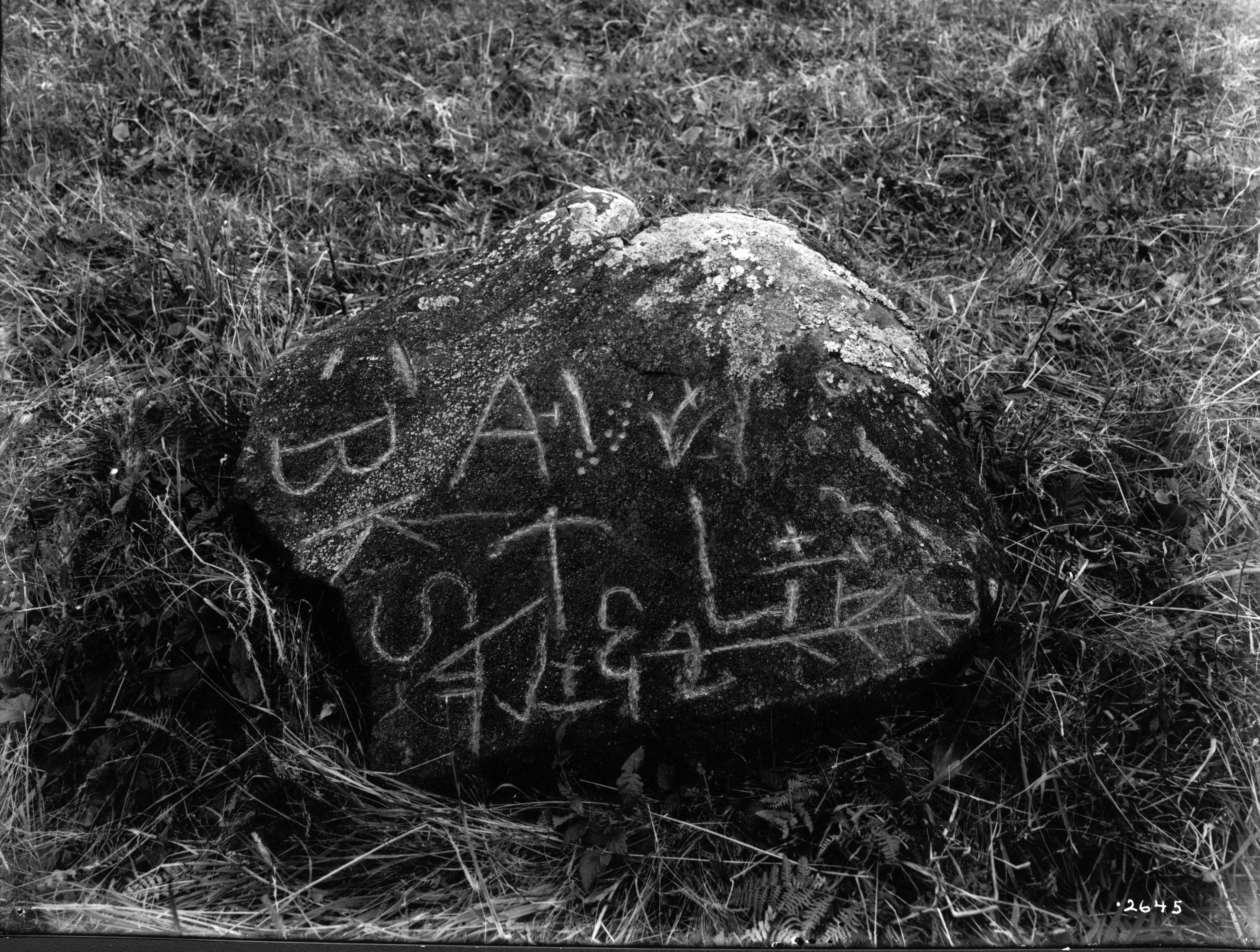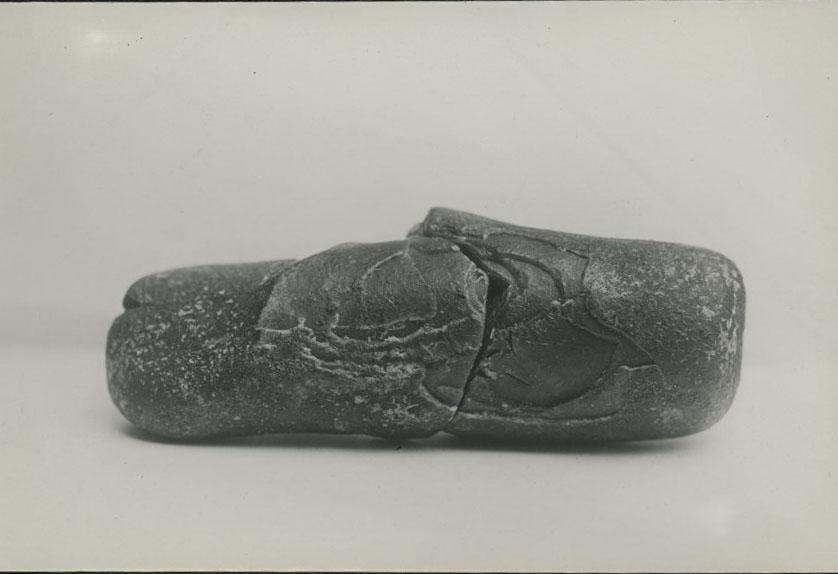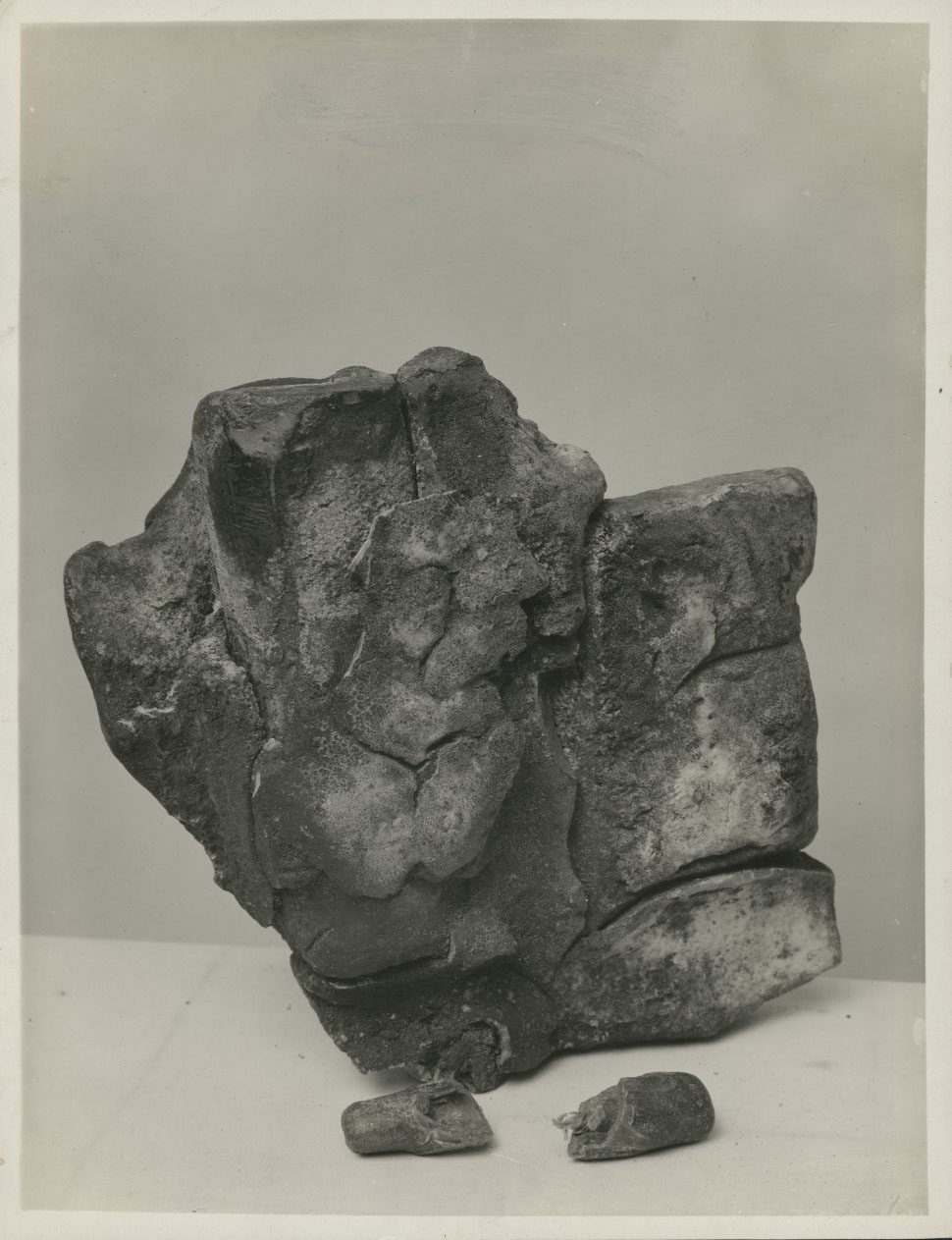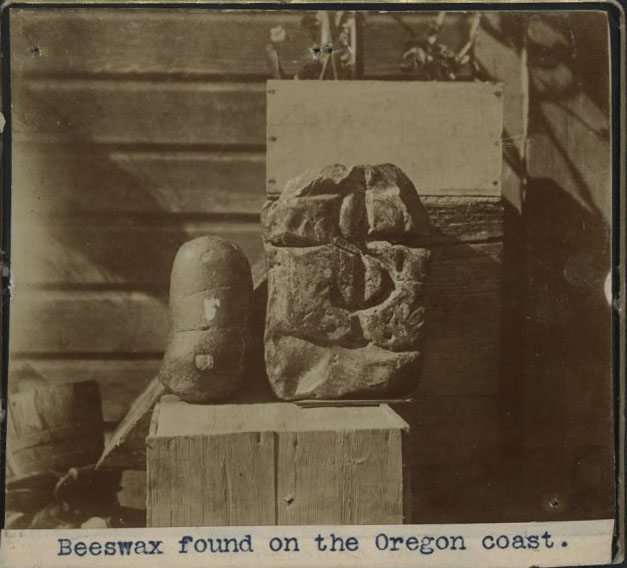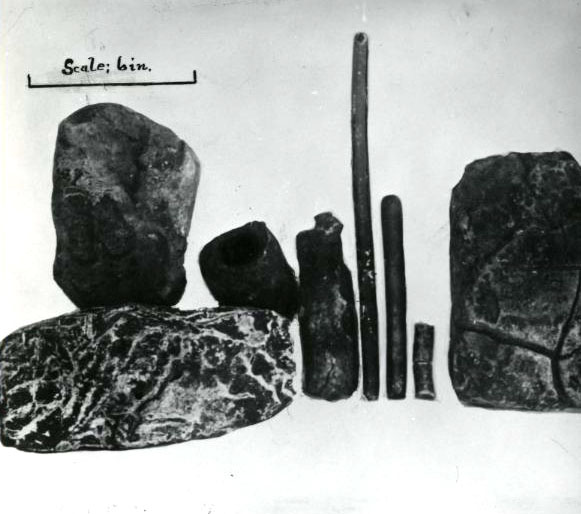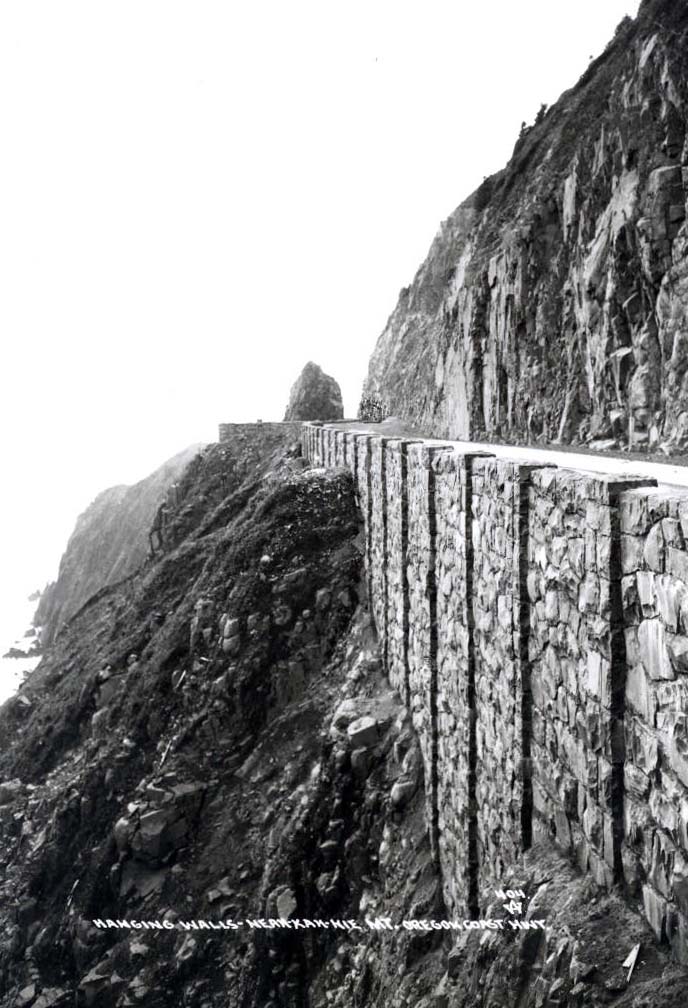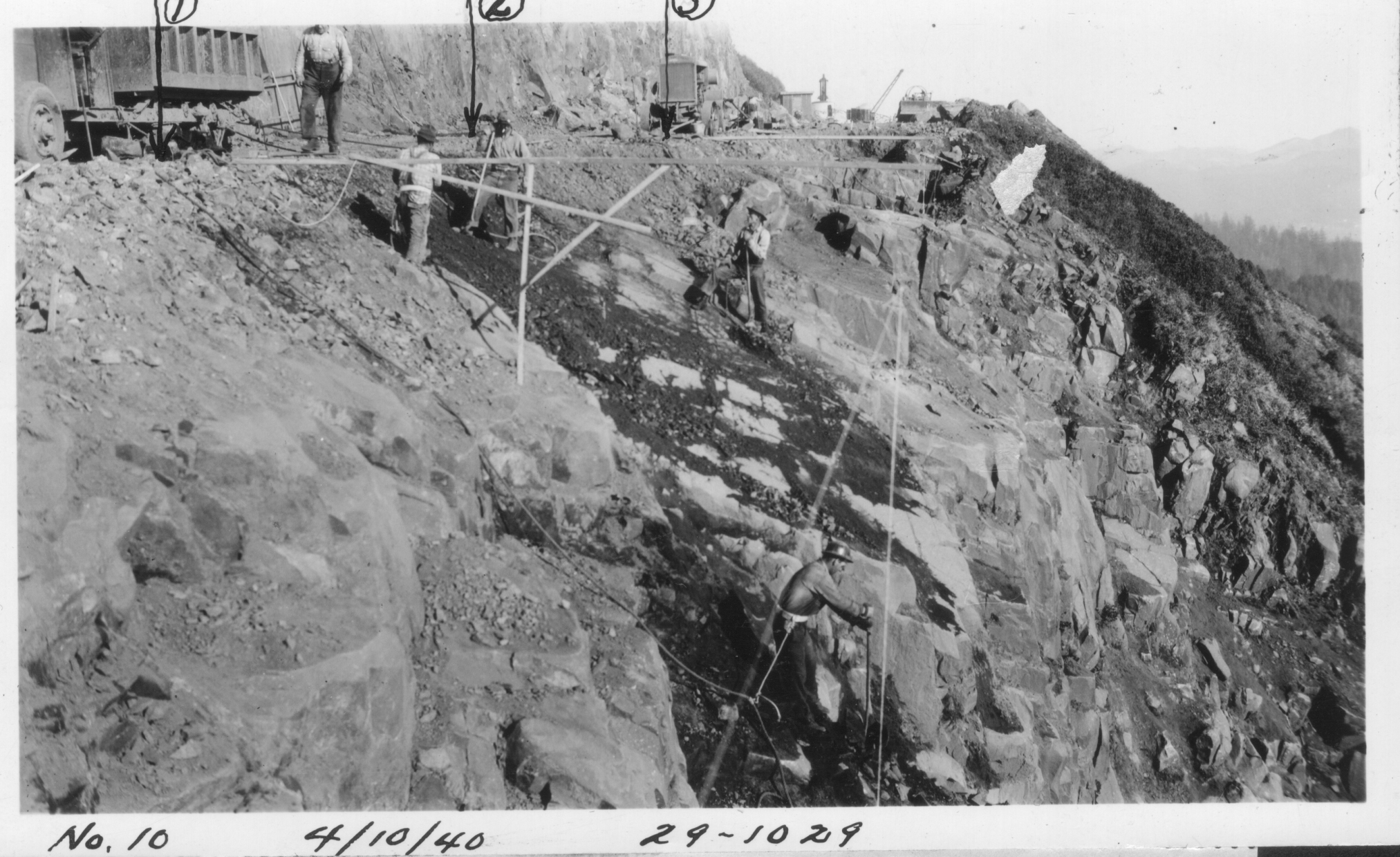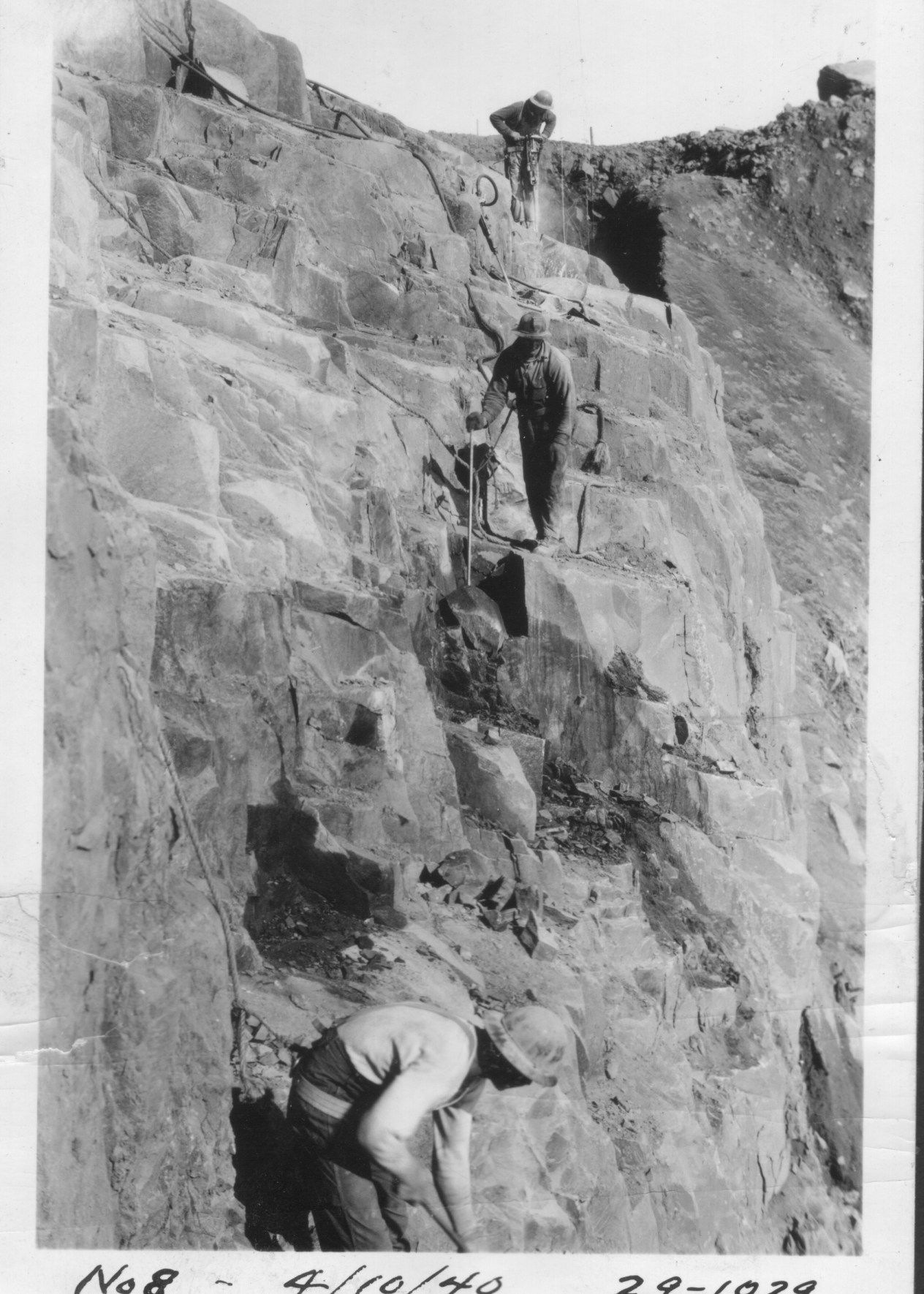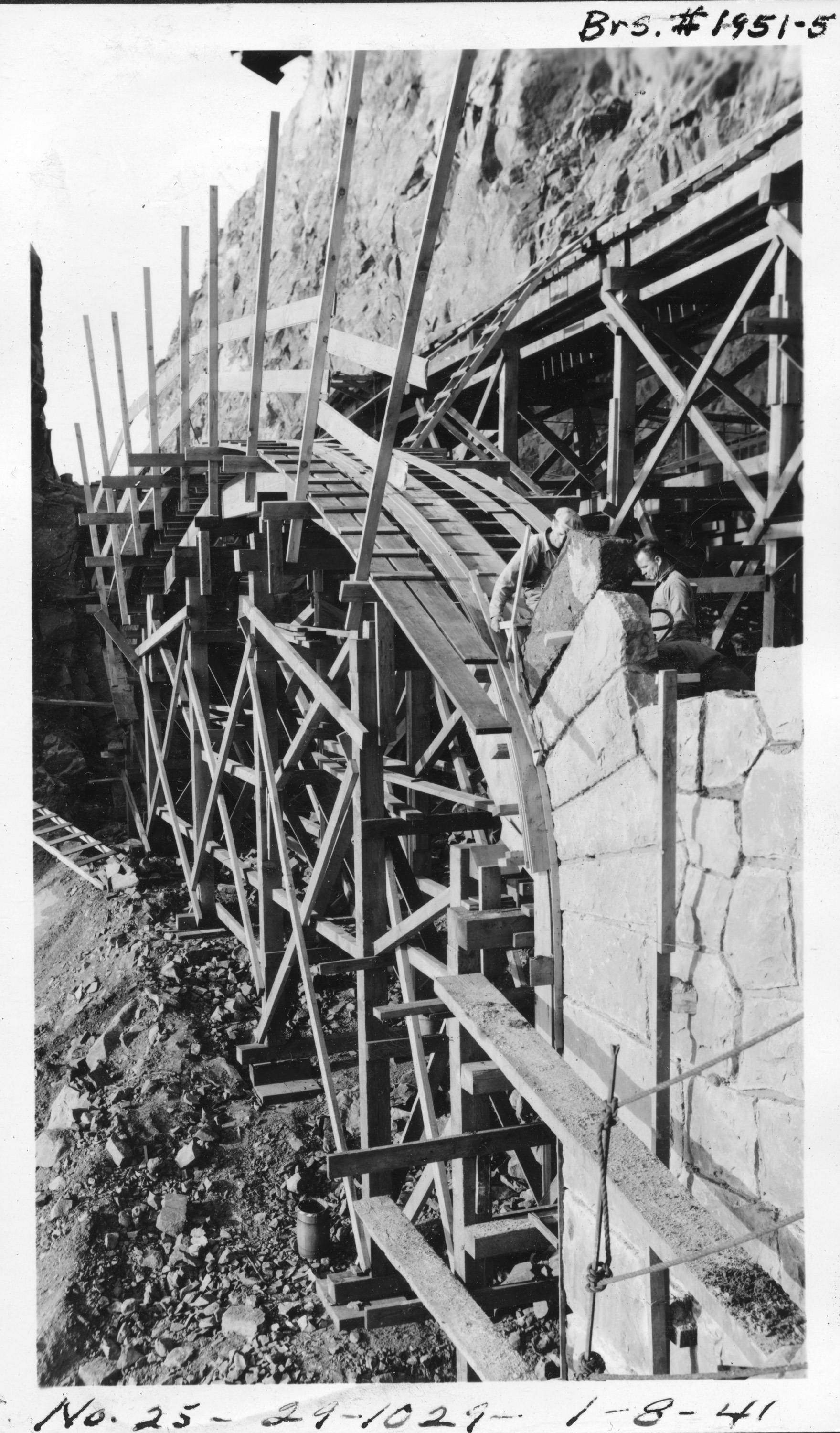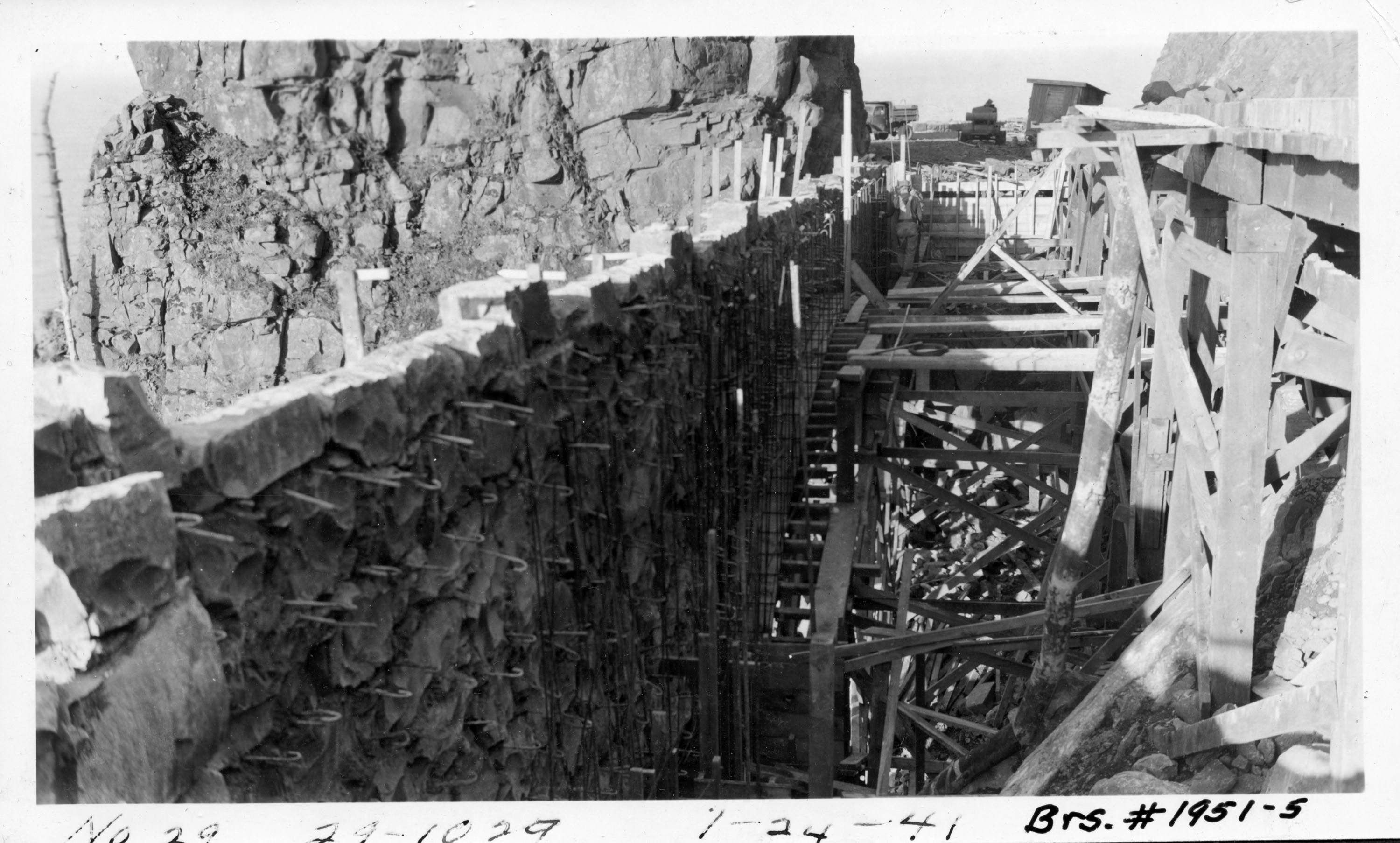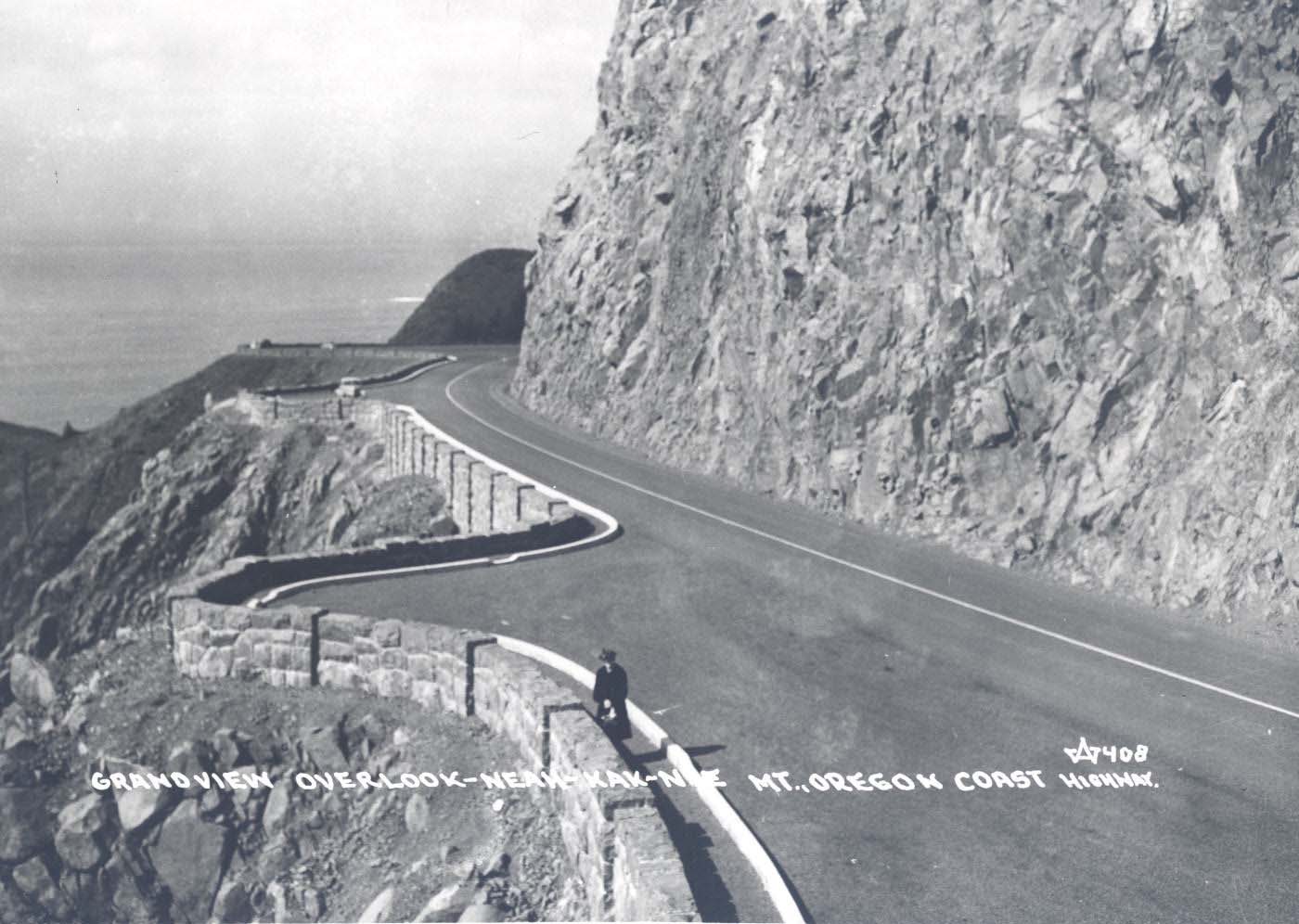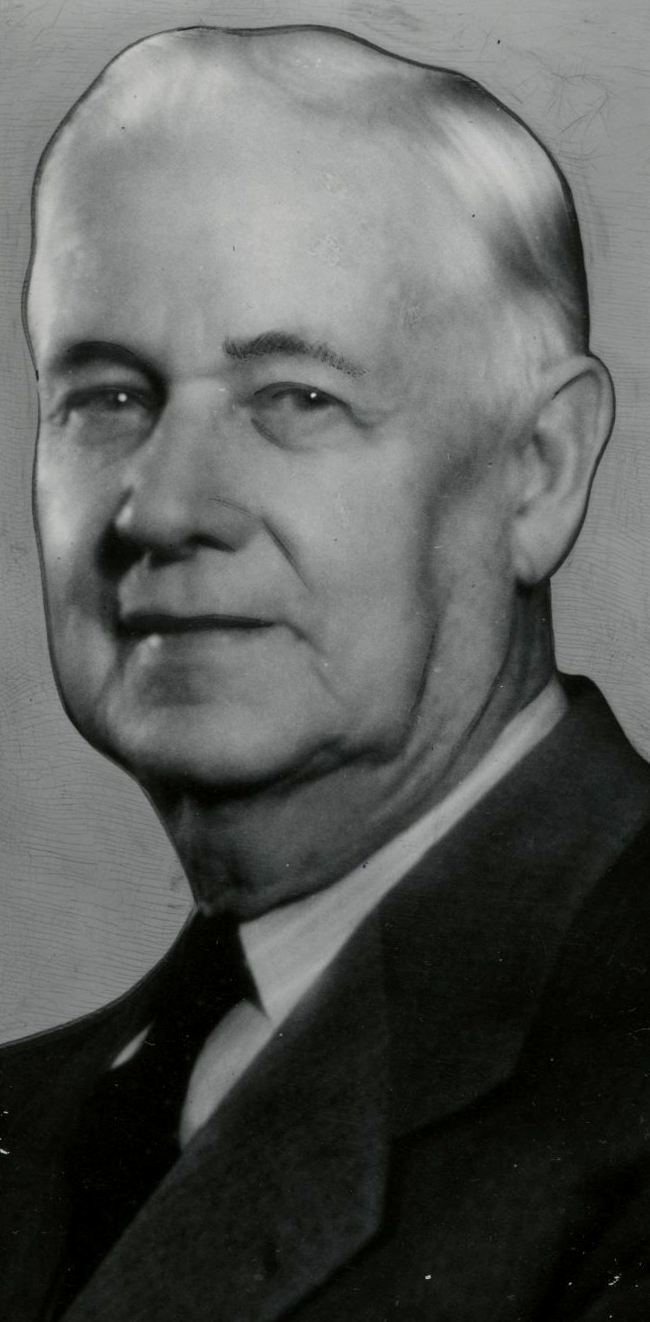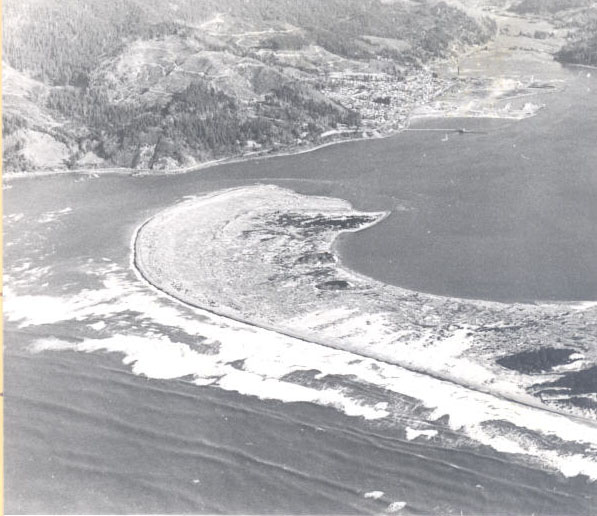Neahkahnie Mountain, about twenty miles south of Seaside, is a prominent landmark in Oregon Coast geography, history, and lore. Standing 1,680 feet high, the basalt edifice is both a peak and a headland. Formed by Miocene lava flows surging down the ancestral Columbia River channel roughly 15 million years ago, the mountain’s western face has been eroded by ocean waves, forming precipitous cliffs that drop as far as six hundred feet to the churning Pacific below. The mountain’s upper and north-facing slopes are draped in a dense and expanding forest of Sitka spruce, Western hemlock, and Western red cedar towering above an understory dominated by salal and swordfern. Salal, wild rose, and other native shrubs increasingly occupy the remnant grassy meadows.
The Tillamook place-name Neahkahnie denotes “place of the creator,” and the mountain is a place of elevated spiritual importance for Native people. Central to Nehalem-Tillamook story cycles of Ice and South Wind, key figures from the time of creation, the mountain features prominently in Native oral tradition.
For millennia, the Nehalem-Tillamook people hunted and gathered plants on Neahkahnie’s lower slopes. Lighting fires, they created open grasslands on the mountain’s southwestern face, creating productive, predictable hunting areas for deer and elk and meadow plant-gathering opportunities that were rare in the adjacent, dense coastal forest. Nineteenth century EuroAmerican settlers sought out these uncommon coastal meadows, using them to graze livestock; they continued to burn areas on the mountain into the early twentieth century.
Beginning in the 1930s, Oregon State Park Superintendent Sam Boardman interceded with local landowners, including heirs of pioneer entrepreneur Samuel Reed, to acquire the Neahkahnie Mountain lands that would become part of Oswald West (née Short Sand Beach) State Park. Much of Neahkahnie Mountain is now in Oregon Parks and Recreation Department ownership, though the lower southwest slopes are dotted by homes and the north and east faces are largely owned by private timber companies.
Always an obstacle to travel, Neahkahnie’s cliffs were traversed by famously dangerous Native trails, narrow in places and dropping precipitously to the sea. With Sam Boardman’s guidance, the Oregon Highway Department completed the Oregon Coast Highway (Highway 101) along the cliff face, originally as a scenic detour rather than as an arterial highway. Engineering and construction relied on Works Project Administration expertise, and characteristic WPA rockworks line the highway. Opened in 1940, it was the final section of Highway 101 between California and the Columbia River.
During the late nineteenth century, EuroAmerican settlers found large stones inscribed with puzzling marks on and near Neahkahnie Mountain. Many thought the stones were treasure maps, a theory fueled by Native stories that mentioned a European ship dropping anchor near Neahkahnie and sending a boat ashore with crew, who buried a large box on the mountain’s southwest face, placed a marker on it, and sailed away. Wayne Jensen, director of the Tillamook Pioneer Museum (1976-2003), theorized that the stones were from a cartographic survey by Sir Francis Drake, who landed on the west coast in 1579 to careen his ship, the Golden Hinde, while circumnavigating the globe. The actual careening site has never been conclusively determined, however, and in 2012 the National Park Service declared Drakes Bay, at Point Reyes National Seashore in California, as the “likeliest spot” and the federally recognized location. Nevertheless, the notion that Drake careened his ship in Nehalem Bay and surveyed Neahkahnie Mountain to claim the lands for the English crown remains popular on the north coast.
Neahkahnie’s reputation as a treasure-hunting site also benefited from a centuries-old shipwreck on Nehalem Spit, now thought to be the 1693 Santo Cristo de Burgos, a Manila galleon en route to Acapulco. EuroAmericans in the mid to late nineteenth century found chunks of beeswax and fragments of Chinese porcelain at the site. Large chunks of the galleon wreck were visible until about 1930, perched on Nehalem Spit above high-tide line, probably tumbled ashore as a result of the 1700 Cascadia earthquake and tsunami.
Because of intensive treasure hunting during the twentieth century, Neahkahnie became known as the “mountain of a thousand holes.” Damage to the mountain and Oswald West State Park ranged from large bulldozed trenches to deep pits. The best-known treasure hunter was Ed Fire (also known as Tony Moreno) of Salem. Largely in response to Moreno’s dogged searches, Oregon passed the so-called Treasure Trove law in 1967, initiating a permit system that regulated treasure hunting. The statute had limited success, and in 1999 the legislature repealed it, recognizing that it conflicted with laws requiring the protection of archeological sites and objects.
Neahkahnie Mountain remains a prominent coastal landmark, a sacred site to Native people, and a special part of Oswald West State Park.
-
![]()
Neahkahnie Mountain, c.1910.
Courtesy Oregon Hist. Soc. Research Lib., Gi2649
-
![]()
Neahkahnie Mountain and Tavern, c.1912.
Courtesy Oregon Hist. Soc. Research Lib., 015464
-
![]()
Neahkahnie Tavern, c.1912.
Courtesy Oregon Hist. Soc. Research Lib., 015467
-
![]()
Neahkahnie Mountain and rocky beach, c.1907.
Courtesy Oregon Hist. Soc. Research Lib., Gi385
-
![]()
Neahkahnie Lodge, 1937.
Courtesy Oregon Hist. Soc. Research Lib., 006002
-
![]()
Short Sand Beach, Oswald West State Park.
Courtesy Oregon Hist. Soc. Research Lib., Orhi17673
-
![]()
Treasure hunter Tony Moreno holds soapstone from shaft he dug at Neahkahnie, 1967.
Courtesy Oregon Hist. Soc. Research Lib., 013282
-
![]()
Marked stone, Neahkanie, c.1910.
Courtesy Oregon Hist. Soc. Research Lib., Gi2644
-
![]()
Marked stone, Neahkanie, c.1910.
Courtesy Oregon Hist. Soc. Research Lib., Gi2645
-
![]()
Beeswax found on the Oregon coast.
Courtesy Oregon Hist. Soc. Research Lib., Orhi92910
-
![]()
One of the beeswax specimens held by the Oregon Historical Society.
Courtesy Oregon Hist. Soc. Research Lib., 20915
-
![]()
Beeswax found on the Oregon coast, 1908.
Courtesy Oregon Hist. Soc. Research Lib., photo file 97
-
![]()
Beeswax and other artifacts found on Nehalem beach, 1922.
Courtesy Oregon Hist. Soc. Research Lib., 00575
-
![]()
Inside of a piece of the Oregon coast beeswax.
Courtesy Oregon Hist. Soc. Research Lib., 70398
-
![]()
Construction of Oregon Coast Highway (101) at Neahkahnie Mountain, February 1940.
Courtesy Oregon Department of Transportation
-
![Hanging Walls, Neahkahnie]()
Hanging Walls, Neahkahnie.
Hanging Walls, Neahkahnie Courtesy Oreg. Hist. Soc. Research Lib.
-
![]()
Construction of Oregon Coast Highway (101) at Neahkahnie Mountain, April 1940.
Courtesy Oregon Department of Transportation
-
![]()
Construction of Oregon Coast Highway (101) at Neahkahnie Mountain, April 1940.
Courtesy Oregon Department of Transportation
-
![]()
Construction of Neahkahnie Mountain Chasm Bridge, 1941.
Courtesy ODOT, Bridge Engineering Section
-
![]()
Construction of Neahkahnie Mountain Chasm Bridge, 1941.
Courtesy ODOT, Bridge Engineering Section
-
![]()
Construction of Neahkahnie Mountain Chasm Bridge, 1941.
Courtesy ODOT, Bridge Engineering Section
-
![Grandview overlook, Neahkahnie Mountain]()
Grandview overlook, Neahkahnie Mountain.
Grandview overlook, Neahkahnie Mountain Courtesy Oreg. Hist. Soc. Research Lib., 16555
-
![]()
Scenic view along the Oregon Coast Highway (101) at Neahkahnie Mountain.
Courtesy Oregon Department of Transportation
Related Entries
-
![Beeswax shipwreck]()
Beeswax shipwreck
Since the earliest days of EuroAmerican settlement on the Oregon Coast,…
-
![Oswald West State Park]()
Oswald West State Park
Shortly after Samuel Boardman became Oregon’s first director of state p…
-
![Samuel H. Boardman (1874-1953)]()
Samuel H. Boardman (1874-1953)
As the first state parks superintendent in Oregon, serving from 1929 to…
-
![Tillamook Bay]()
Tillamook Bay
Tillamook Bay, which encompasses a 597-square-mile watershed, is the la…
-
![US 101 (Oregon Coast Highway)]()
US 101 (Oregon Coast Highway)
Many places on the Oregon coast were virtually inaccessible in the earl…
Related Historical Records
Map This on the Oregon History WayFinder
The Oregon History Wayfinder is an interactive map that identifies significant places, people, and events in Oregon history.
Further Reading
Comerford, Jane. At the Foot of the Mountain: An Early History. Portland, Ore.: Dragonfly Press, 2004, 2010.
Costaggini, Phillip A. “Sir Francis Drake’s Northwest Exploration: An Historical Discussion and Survey of Artifacts at Neahkahnie Mountain, Oregon.” Corvallis, Ore.” Submitted as an Oregon State Civil Engineering Project, 1985. Available at Fort Nehalem Publishing, www.fortnehalem.net. (The complete Costaggini Masters' Thesis).
Costaggini, Phillip A. and Robert J. Schultz. “Survey of Artifacts at Neahkahnie Mountain, Oregon.” Oregon State Civil Engineering Master's Thesis, 1976-81. In Francis Drake in Nehalem Bay 1579: Setting the Historical Record Straight, by Garry Gitzen, Fort Nehalem Publishing, 2011. Appendix 1, pp. 157-89. (Abridged, earlier version of the Costaggini Masters' Thesis).
Gitzen, Garry David. The Treasure Rocks of Neahkahnie Mountain. Wheeler, Ore: Fort Nehalem Publishing, 2012.
Griffin, Dennis, Oregon State Historic Preservation Office. “There’s Gold on Them Thar Beaches or Searching for Treasure in All the Wrong Places.” Newport, Ore.: Unpublished Paper presented at the 62nd Annual Northwest Anthropological Conference, Association of Oregon Archeologists Symposium, 2009.
Hult, Ruby El. Lost Mines and Treasures of the Pacific Northwest. Portland, Ore.: Binfords and Mort Publishing, 1964.
Jacobs, Elizabeth Der. Nehalem Tillamook Tales. Corvallis: Oregon State Univ. Press, 1990.
Merriam, Lawrence C. Oregon’s Highway Park System, 1921-1989. Salem: Oregon Parks & Recreation Department, 1992.
National Park Traveler. “Site of Sir Francis Drake’s Ship Grounding Honored At Point Reyes National Seashore.” October 14, 2016. https://www.nationalparkstraveler.org/2016/10/site-sir-francis-drakes-ship-grounding-honored-point-reyes-national-seashore
Nehalem Valley Historical Society Treasure Committee. Tales of the Neahkahnie Treasure. Nehalem, Ore.: Nehalem Valley Historical Society, 1991.
Seaders, Peter and Beth Peutz. “2 Papers concerning the theorized Francis Drake 16th century survey on Neahkahnie Mountain, Oregon. Discussion and Review of Phillip A. Costaggini’s Project on Neahkahnie Mountain, Oregon.” Corvallis: Submitted as an Oregon State Civil Engineering Project, 2008. Published electronically at www.academia.edu.
Smith, Silas B. “Tales of Early Wrecks on the Oregon Coast, and How The Beeswax Got There.” Volume 1 (May 1899-April 1900), January 1900. Oregon Native Son. Portland, Ore.: Native Son Publishing Co.


